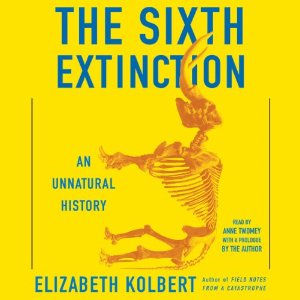
Raben took the specimen home to his castle, and it remained in private hands until 1971, when it came up for auction in London. The bird’s carcass was purchased by a Danish count, Frederik Christian Raben, who had come to Iceland expressly to acquire an auk for his collection (and had nearly drowned in the attempt). Iceland enjoys the dubious distinction of being the bird’s last known home, and the specimen I’d come to look at was killed somewhere in the country-no one is sure of the exact spot-in the summer of 1821. The reason I’d arranged to visit the institute was to see its great auk. These specimens, as I learned on the day of my own appointment, include: a stuffed tiger, a stuffed kangaroo, and a cabinet full of stuffed birds of paradise. It was designed as a research facility, with no public access, which means that a special appointment is needed to see any of the specimens in the institute’s collection. The building has a tilted roof and tilted glass walls and looks a bit like the prow of a ship. The Icelandic Institute of Natural History occupies a new building on a lonely hillside outside Reykjavik. Published February 2014 by Henry Holt and Company. Cuvier did not, however, understand what could have led these lost species to die out.Excerpted from THE SIXTH EXTINCTION: An Unnatural History by Elizabeth Kolbert. He extrapolated these findings to conclude that there must be a huge number of species that died out over time. Finding evidence of other lost creatures among those remains, Cuvier concluded that they must have belonged to vanished species.

Cuvier called these kinds of creatures “espèces perdues,” or “lost creatures.” Cuvier based his theory of lost creatures on his own research into the Ohio and Russia fossils, as well as animal remains from Argentina.


Cuvier proposed that the two sets of remains belonged to huge, elephantine creatures-two new animal species, neither one of which had survived. On April 4, 1796, Cuvier delivered a revolutionary lecture in which he discussed the Mastodon remains from Ohio, as well as the remains of a similar creature that had been discovered in Russia. Cuvier lived in Paris at the end of the 18th century, and worked as a lecturer for the Paris Museum of Natural History.


 0 kommentar(er)
0 kommentar(er)
